
World
17:12, 15-May-2018
Palestinian diaspora 70 Years on
By Natalie Carney Gerçik
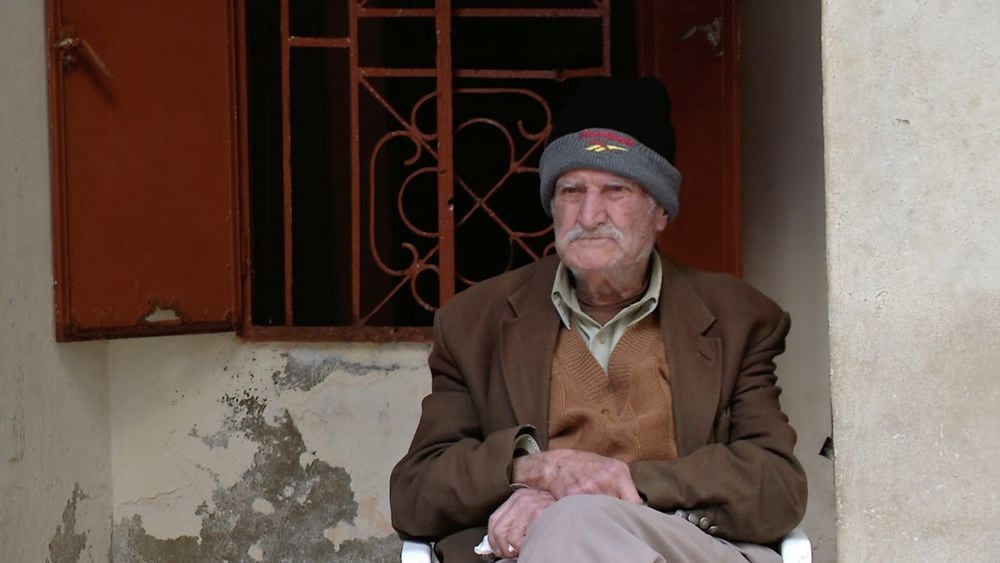
In May 1948, the British mandate over Palestine ended and Israel was created, a joyous time for Israelis but a time that became to be known as “Naqba” - "the catastrophe” - for Palestinians.
Hundreds of thousands of Palestinians fled or were expelled from areas that became the country of Israel. Most have never been able to return.
Thousands went to Lebanon and decades later, the Palestinians are still there…
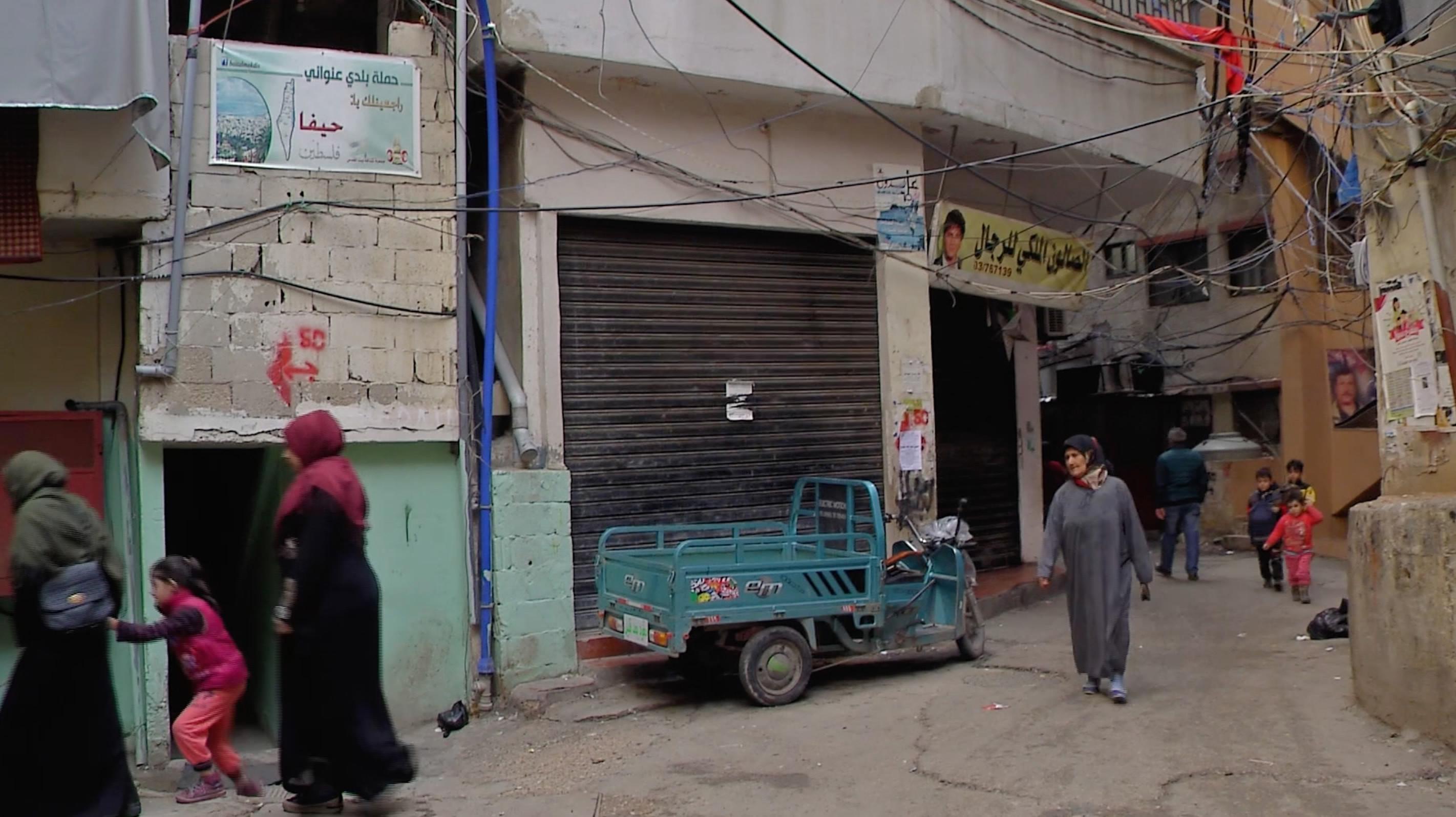
General Shots of Shatila Refugee Camp. /CGTN Photo
General Shots of Shatila Refugee Camp. /CGTN Photo
Refugees with limited rights
In a mad dash to accommodate them, the International Committee of the Red Crescent quickly constructed a refugee camp in southern Beirut.
The Shatila refugee camp was initially meant to accommodate around 3,000 people, but according to Mahmoud Abbas Abu Mujaid, the director of the Children’s Youth Center in Shatila, that same space now accommodates well over 22,000 people, all-fighting for survival of the camp’s minimal resources.
“We are talking about the housing,” he starts, “the services, the environment, the relation amongst those multi-nationalities that are living in the camp now, Palestinians refugee, Lebanese, Syrian, Kurds, Gypsies, everybody, Asian people who are coming, so everybody is seeking somewhere to shelter, to live.”

Mahmoud Abbas Abu Mujaid is a Palestinian refugee and the director of the Children’s Youth Center in Shatila Refugee camp. /CGTN Photo
Mahmoud Abbas Abu Mujaid is a Palestinian refugee and the director of the Children’s Youth Center in Shatila Refugee camp. /CGTN Photo
Over half a million Palestinian refugees are registered in Lebanon with the United Nations Relief and Works Agency, an estimated 10 percent of the country’s population.
Yet despite their numbers or years in the country, it is almost impossible for Palestinians to get citizenship in Lebanon, making life for them as “refugees” very difficult.
For one, Palestinian refugees cannot obtain free treatment at Lebanese hospitals and they are barred from most public schools.
Sylvia Haddad who heads a Christian organization established in 1949 in response to the thousands of Palestinians flooding into Lebanon says even today, 70 years on, Palestinians are not living a normal life in the country.
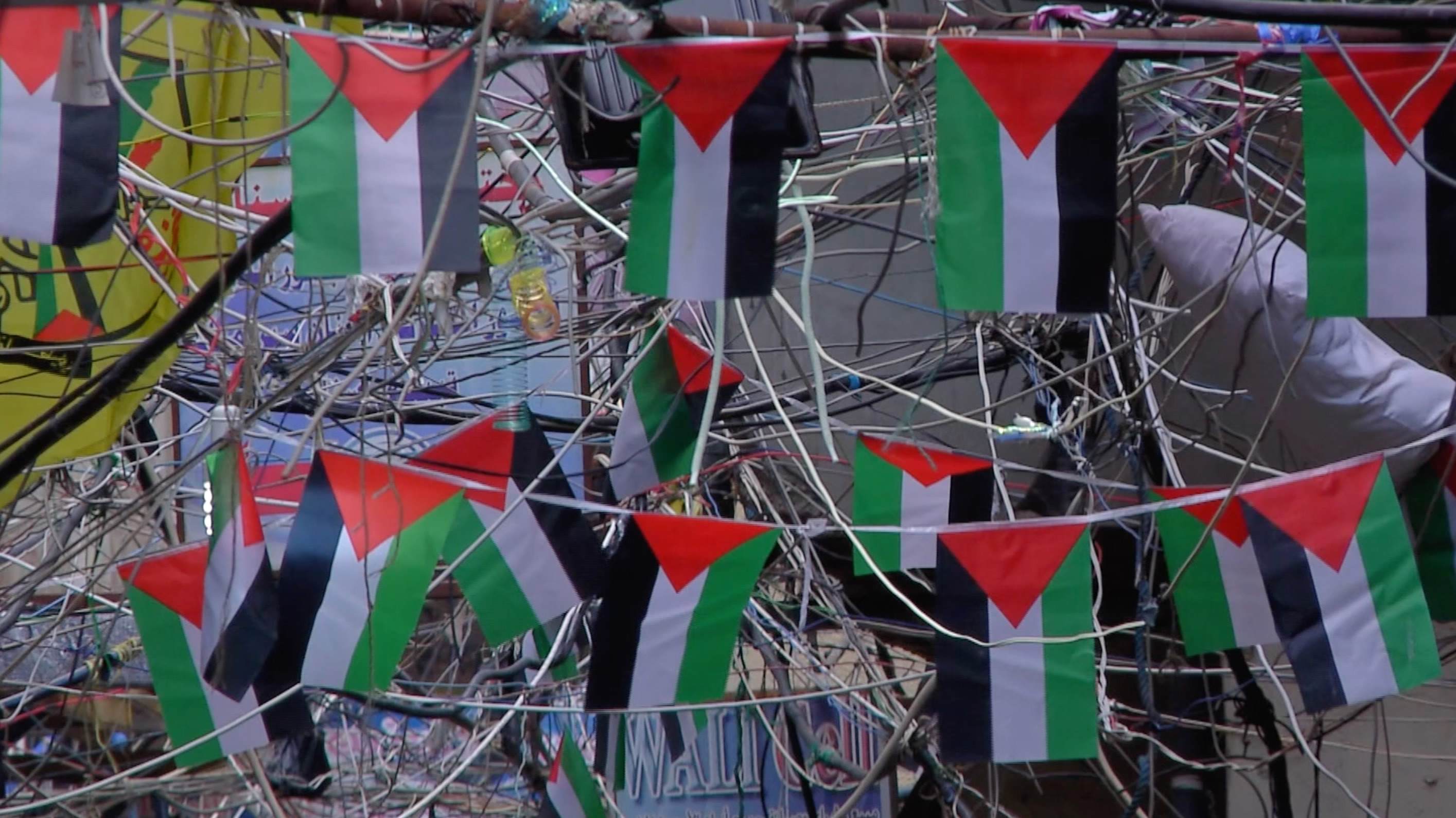
Entangled electrical wires hang just above one’s head. /CGTN Photo
Entangled electrical wires hang just above one’s head. /CGTN Photo
“The problem with Palestinian refugees is that until now they don’t have rights,” she says. “They don’t have the right to work, so even If they have ambition and they want to study and are able to get a scholarship, they are not allowed to work in any profession that has a union, so doctors, lawyers, engineers…” She continues, “they don’t have the right to own a house. They face difficulty being able to travel easily, to take a visa from other countries.”
Life is overcrowded, Shatila is very rough
Generators are the only electricity source and their wires hang tangled together just above one’s head down tight, dark alleyways. People are crammed into crumbling, illegally built buildings while garbage lays strewn everywhere.
The only water available is salt water and security is left to armed gangs.
The United Nations (UN), along with some public and private NGOs, provide the camp’s residents with some basic services, but Mr. Abu Mujaid says it is never enough.
“The camp is almost isolated. It’s margined out of the responsibility of everybody” he says.
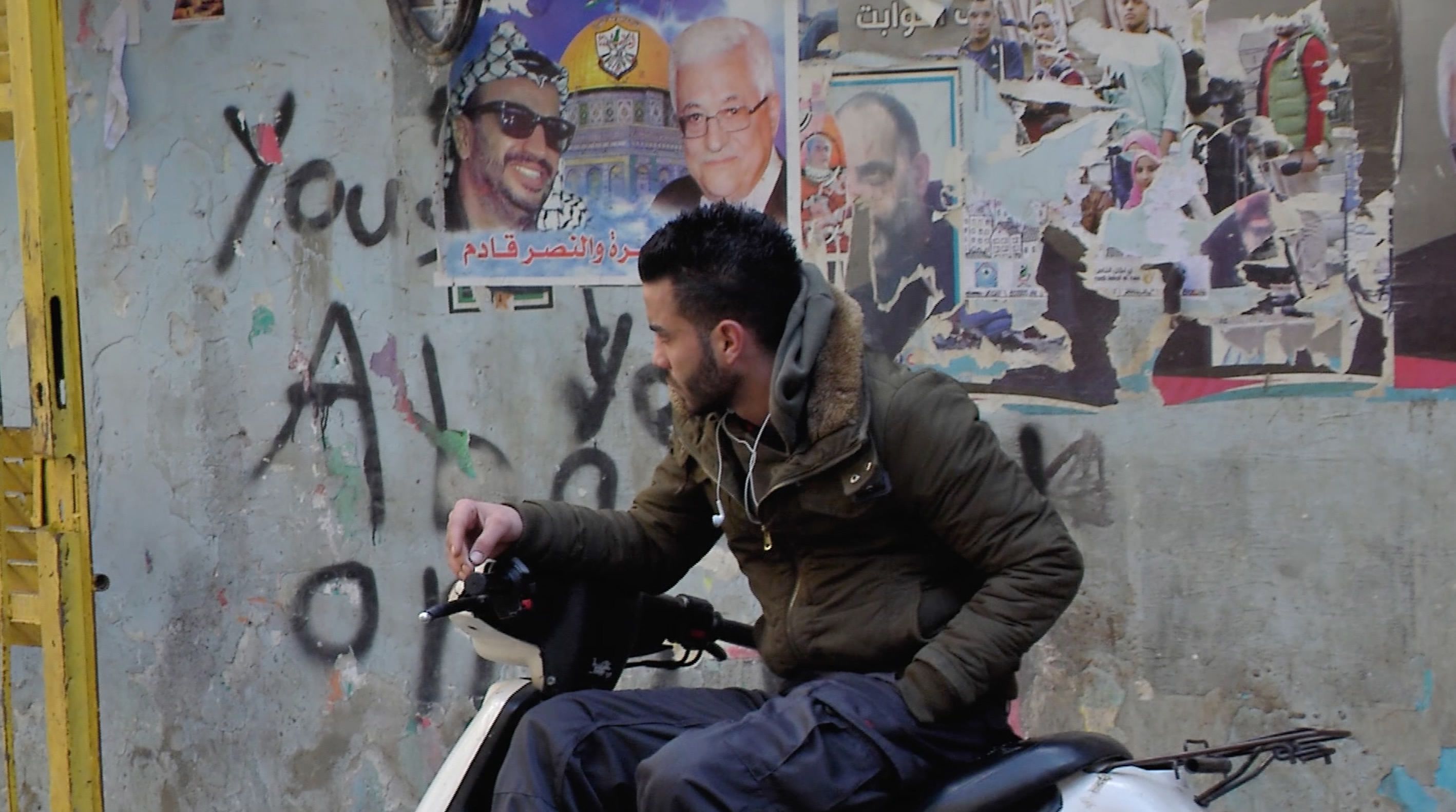
Palestinian refugees in Lebanon are left with limited options in life. /CGTN Photo
Palestinian refugees in Lebanon are left with limited options in life. /CGTN Photo
The war in neighboring Syria has also pushed a million and a half refugees into Lebanon, many joining the fight for survival in Shatila camp. This has caused problems for the long-term Palestinian residences.
Palestinian resident Iman Chehade says resources have become more strained as the camp’s population increases.
“If you have, for example, five ampere electricity for your home,” she explains, “now it becomes less. The water for example you have 20 liters per day for you, now it’s become worse.”
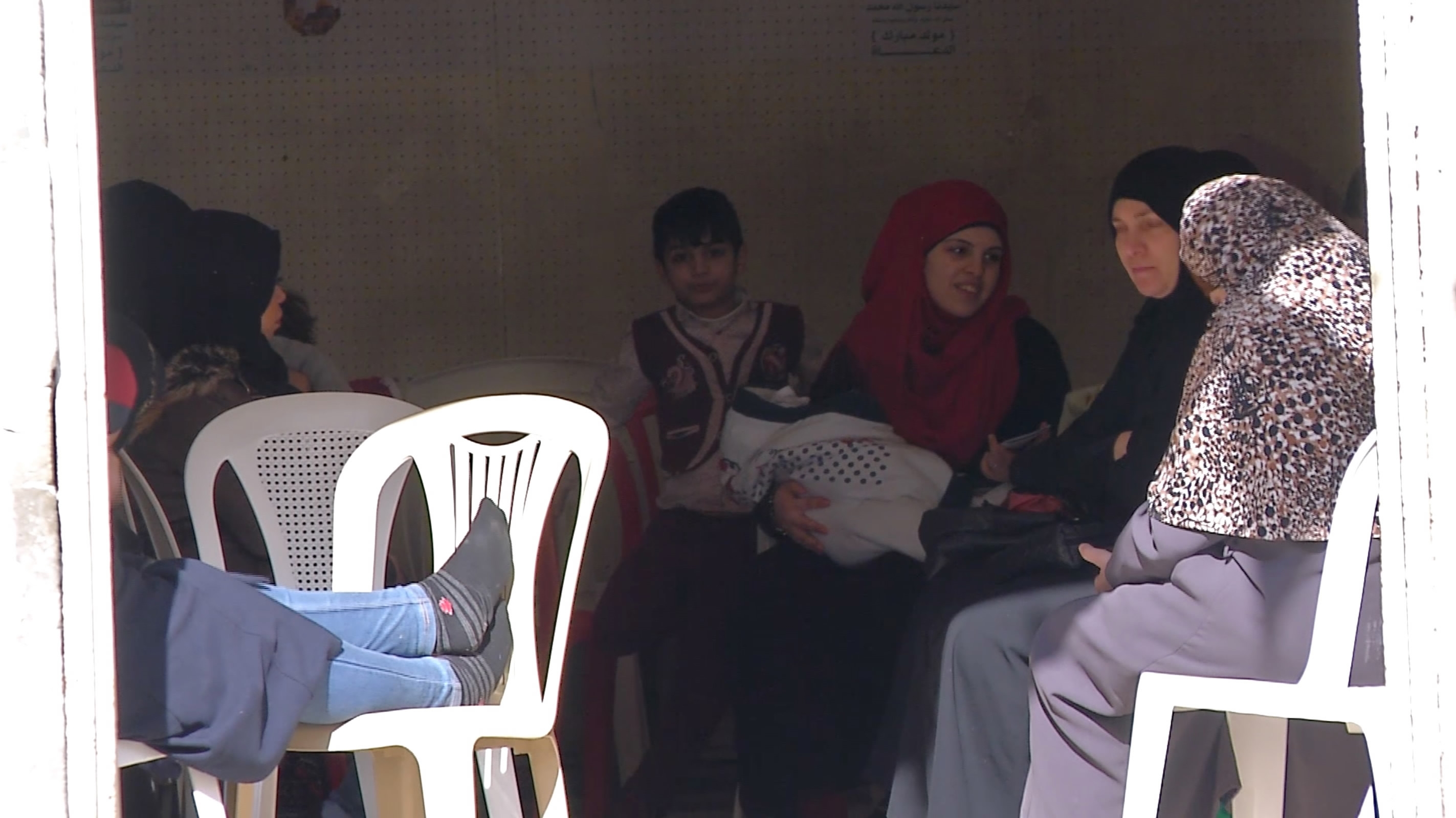
Palestinian refugees in Lebanon have no access to free health care. /CGTN Photo
Palestinian refugees in Lebanon have no access to free health care. /CGTN Photo
Mr. Abu Mujaid says he is very frustrated with the hurdles facing Palestinian refugees in Lebanon, and the lack of international political support to help alleviate their plight.
“Despite all of what we are trying to provide, or what we are trying to do, the situation of the camp, the situation of this location is beyond our capacity as an NGO. Where is the human rights?” He continues, “Where are those who talk about peace or democracy in the world? Why don’t they act or they don’t make any pressure or protect the children in Palestine?”
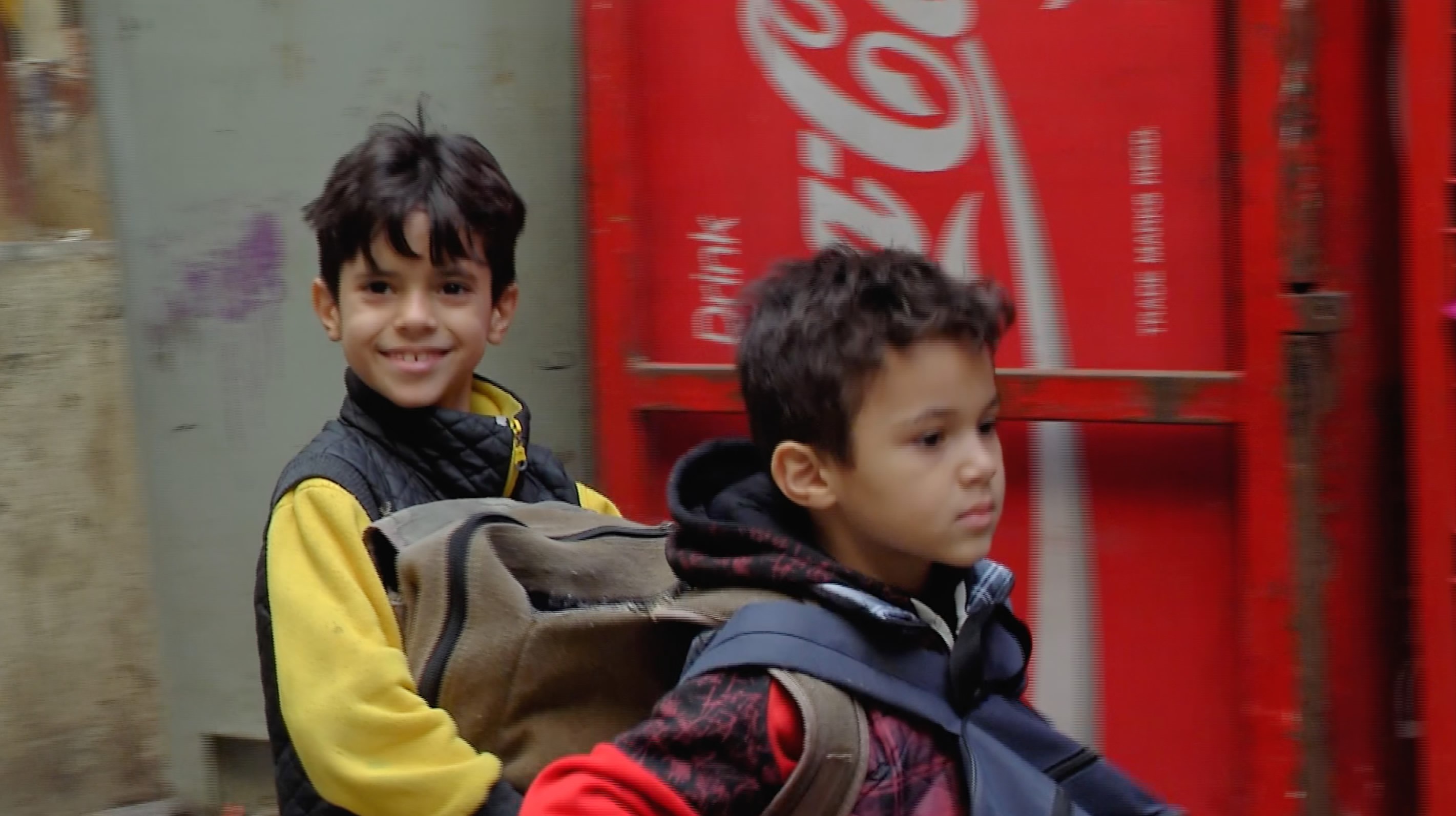
Education for Palestinian Refugees in Lebanon is limited. /CGTN Photo
Education for Palestinian Refugees in Lebanon is limited. /CGTN Photo
Today, there are over 12 million Palestinians worldwide of which 5.4 million are refugees, making up one of the world’s largest refugee population.
Most are scattered across the Middle East either in camps like Shatila or in independent living arrangements.
300,000 are estimated to live in the United States and Canada while a further 100,000 Palestinian refugees are spread out across the EU.
Yet, 70 years on it still remains unclear when or even if Palestinians will ever be able to return home.

SITEMAP
Copyright © 2018 CGTN. Beijing ICP prepared NO.16065310-3
Copyright © 2018 CGTN. Beijing ICP prepared NO.16065310-3